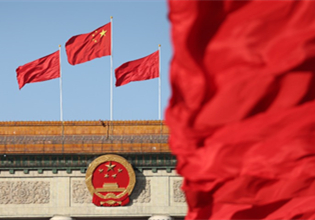Highlights related to Tea Road of Ten Thousand Miles revealed
A video conference of directors of the bureaus of the cultural relics of nine provinces and autonomous regions on the Tea Road of Ten Thousand Miles was recently held to discuss tasks related to the road.
Among the tasks will be the holding of a cultural relic exhibition tour starting mid-July in East China's Anhui province, the improvement of the official website and WeChat account of the Tea Road of Ten Thousand Miles, and the construction of a mini program for applying for world heritage status.
Moreover, the 2022 Tour of China Self-Driving Tournament on the Tea Road of Ten Thousand Miles will also be organized.
Dating back to the 17th century, the tea road first appeared when merchants from China's Shanxi province transported tea products and other goods from South China to Mongolia and Russia, spanning more than 13,000 kilometers. The tea was then sold to countries on the European continent.
The journey began in Wuyishan, a city in Fujian province that is famous for its tea, passing through China and Mongolia and stretching all the way to Russian cities such as St Petersburg and Moscow.
The Tea Road of Ten Thousand Miles is another important economic and cultural international channel that emerged in Eurasia after the Silk Road. The economic cooperation, cultural exchanges and mutual learning of civilizations represented by the road have benefited the national Belt and Road Initiative and have high potential for inclusion on the World Heritage List.
The application for the road's inclusion on the World Heritage List will not only help to enhance the cultural soft power of regions along the route, but also help promote the comprehensive and sustainable development of the economy, society and environment in regions along the route.



 Print
Print Mail
Mail





